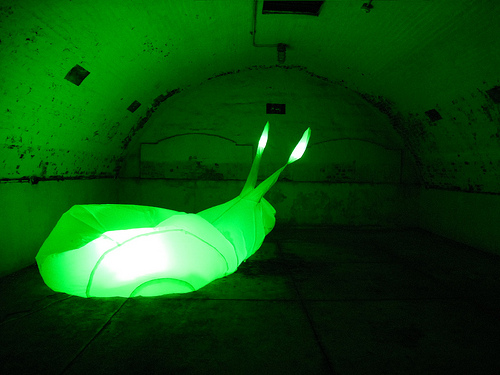I am taking a graduate English course at the moment called Literature & Psychoanalysis. You’re no doubt already aware that there are elements of the author’s psyche present in all works of literature. Like everyone else, writers have pasts and memories and stuff hidden away behind their memories. The difference is that writers are driven to communicate, and in communication comes the visible evidence of what excites and tortures them. All of this, including (and maybe especially) the repressed things in their lives, finds its way into the creative process, which is how we get a Moby Dick or a Catcher in the Rye, or a book I just read for the first time, The Bell Jar by Sylvia Plath.
I was amazed at how current The Bell Jar feels, considering Plath wrote it in the early sixties about events that happened a decade earlier. It was first published in the UK in 1963 under a pseudonym only a month before Plath committed suicide at 32. The book was republished under her own name several years later, but wasn’t released in the United States until 1971, in accordance with the wishes of her family. The story is a thinly veiled autobiographical tale about the author’s own mental breakdown during college, specifically in the months following a guest editorship at Mademoiselle magazine in New York City. Her devastating description of how it feels to go mad unfolds against a backdrop of 1951 America, complete with white glove luncheons and the Rosenberg executions. Plath’s heroine is one of a dozen college girls from around the country who win an essay contest that lands them a coveted internship with the glamorous Manhattan magazine.
Just like in Catcher, you can open to any random page and find sentences that stop your breath; the writing is that precise and evocative. Like Salinger’s Holden Caulfield, Plath’s Esther Greenwood captures the singular feeling in adolescence of being both smarter than everyone else, and a self-conscious misfit at the same time. Sitting inside a darkened movie theater, Esther has this to say about her fellow guest editors:
I looked around me at all the rows of rapt little heads with the same silver glow on them at the front and the same black shadow on them at the back, and they looked like nothing more or less than a lot of stupid moonbrains.
Salinger wrote his classic tale of adolescent male depression in the 1940’s, and the cult following it inspired is similar to the identification young women find in Plath’s female protagonist. Both main characters are painfully observant of their surroundings and emotionally conflicted about where they fit in. They narrate the events of their “madman stuff” in voices we hear as our own. Few writers have pulled this feat off as seamlessly as Salinger and Plath. It’s no surprise that neither author lived what one would call a normal life. Salinger became famously reclusive after the publication of his first novel. Plath never wrote another novel at all, and was concerned that the one she did write was not real literature. She defined herself by her poetry, which would be legacy enough without The Bell Jar. I have read her poems and they are shattering, but for me her book is the goods. It may be that our most affecting and influential authors become synonymous with the most memorable character they create. Perhaps because it is the closest to themselves.
Daughter’s Fotos transport us to the interactive art of FIGMENT on Governors Island





